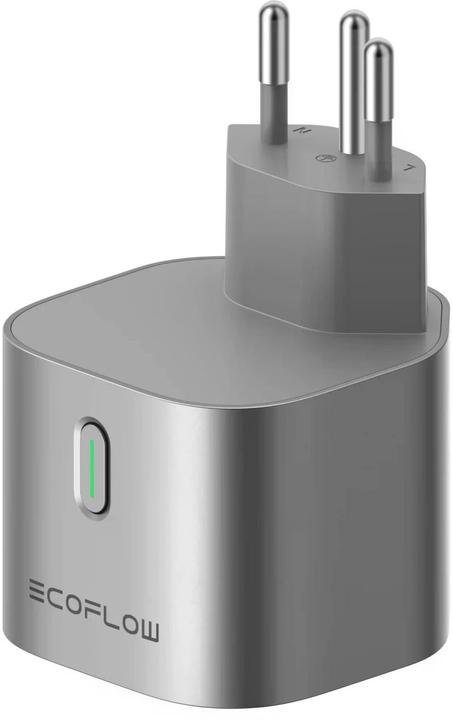

Forget Louis XIV, the solar panels in my garden make me the true Sun King
Our family’s electricity bill has been a thorn in my side for a long time. So when I got the opportunity to test some balcony solar panels, I jumped at the chance.
Listening to the radio on a weekend trip to the Black Forest in early April, I hear that «balcony power plants are becoming increasingly popular across the country». Balcony power plants, eh? Interesting stuff. Saving electricity – or rather, generating it myself – is something I’ve developed a fierce interest in as a result of our ever-increasing energy bills. Could a balcony power plant be an option for our home too?
Just a few days later, a colleague asks if anyone fancies reviewing an Ecoflow solar power system. The timing’s uncanny – and I’m the man for the job!
Taking inventory
The big day arrives on a Friday in June. Everything I need for our garden’s 600-watt mini power plant has been delivered, and is ready to be unboxed and installed.
My boss and fellow editor Martin Jungfer rushes over to give me a hand. He has 27 solar modules mounted on the roof of his house, so setting up my two balcony panels should be a piece of cake.
Assembly
After deciding that the flat roof of the garden shed, aka my wife’s studio, gets the most sunlight and is therefore the most suitable place for the balcony power plant, we kick off the installation process on the ground.

Source: Martin Jungfer
We give the user manual a cursory glance at best. When we proceed to plug the connections in the wrong way round, however, we’re forced to study the instructions more closely. It’s an apt demonstration of why the abbreviation RTFM (read the f*ing manual) exists.

Source: Martin Jungfer
Despite our slightly roundabout approach, the instructions help us to get the job done. Everything looks right. To put that impression to the test, we hook the power station up to the balcony solar panels. Sure enough, something starts to happen. Despite the faint morning sunshine, the storage battery’s filling up. Forget Louis XIV, I’m the true Sun King!

Source: Martin Jungfer
Installation
After a successful set-up, we fortify ourselves over lunch for the second phase of the work – getting the panels up on the roof. Since leaving them lying around on the grass isn’t an option, we hoist the roughly 25-kilogramme panels up on to the garden shed’s roof, positioning them at a slight angle so they get a little more sun (website in German). Then, we hook everything back up and test the system a second time. Once again, everything works the way it’s supposed to. We did it!

Source: Martin Jungfer
The power station
Right on cue, the early afternoon brings out the sun in all its glory. The sunshine’s obvious from looking at the power station, which is soon fully charged (admittedly, it wasn’t delivered completely empty). A full charge is equivalent to one kilowatt hour of solar power, which I can now use at home (website in German).
Thanks to the range of connection options, there are numerous usage possibilities. For instance, I could use the power station as an oversized and much too heavy (12-kilogramme!) power bank for my phone and laptop. Alternatively, since you can connect household appliances to the power station, I could use the energy stored in the battery for vacuuming.
Power goes right into the socket
You don’t need to be a rocket science to figure out the power station’s downside. Once it’s fully charged, you have to disconnect it from the balcony panels. You’re only able to reconnect it when it’s completely out of juice. This is laborious, time-consuming and, all in all, makes little sense since valuable solar energy is lost in the meantime. That very evening, I opt for the straightforward route, connecting the balcony power plant to the house grid via an outdoor socket in the garage.
Using the Ecoflow app on my phone, I can now check whether and how much solar power is flowing into our grid from the power plant.


Source: Screenshots/Patrick Vogt
I’m finally ready to test the balcony power plant this summer – reaching for the sun like Icarus from the Greek myth. Hopefully with a better ending. You’ll soon find out how it turns out in my next review.
Do you have balcony solar panels? What’s been your experience with them? Do you have any useful tips and tricks? The Community and I look forward to your comments.
I'm a full-blooded dad and husband, part-time nerd and chicken farmer, cat tamer and animal lover. I would like to know everything and yet I know nothing. I know even less, but I learn something new every day. What I am good at is dealing with words, spoken and written. And I get to prove that here.






